The battery has been built into the iPhone since its first generation. In 2007, everyone criticized him for this, because it was quite common to change the battery at will. Usually, the SIM and memory card were also located under it. But Apple showed the way, and everyone followed. Today, no one can change a battery without the proper tools and experience. And it won't be easy with them either.
Apple simply doesn't want anyone tampering with iPhones without its authorization. That is, not only us, as users, but also those who, for example, understand its innards and are able to perform various repairs, but did not undergo the necessary training at Apple. So, if a normal mortal wants to look into the iPhone, he can only do so through the SIM tray that is pushed out. And of course they won't see much there.
It could be interest you

Battery
The software lock is what discourages many "amateur" techs from trying to manage a damaged device. If you replace the battery in newer iPhones, you will see v Settings -> Battery on the menu Battery health message that it needs service. This, of course, completely illogically, when you inserted a new piece. However, this problem happens even if you put in an original battery, not just some Chinese replacement battery.
The battery contains a Texas Instruments microcontroller that provides the iPhone with information such as battery capacity, battery temperature, and how long it will take to fully discharge. Apple uses its own proprietary version, but almost all modern smartphone batteries contain some version of this chip. The chip used in newer iPhone batteries thus includes an authentication function that stores information to pair the battery with the iPhone's logic board. And if the battery doesn't have the unique verification key that the iPhone logic board requires, you'll get that service message.
So the joke is that this is not a bug, but a feature that Apple wants to achieve. Simply put, Apple already locks the batteries on iPhones during production in such a way as to make it impossible to monitor the condition after unauthorized replacement. How to bypass it? It is technically possible to remove the microcontroller chip from the original battery and carefully solder it into the new battery you are replacing. But do you want to do it? The company provides diagnostic software to authorized services that will eliminate this. Those who are not authorized are out of luck. Even though the condition will be shown to you by the service, it should not affect the function of the iPhone, i.e. not especially its performance.
It could be interest you
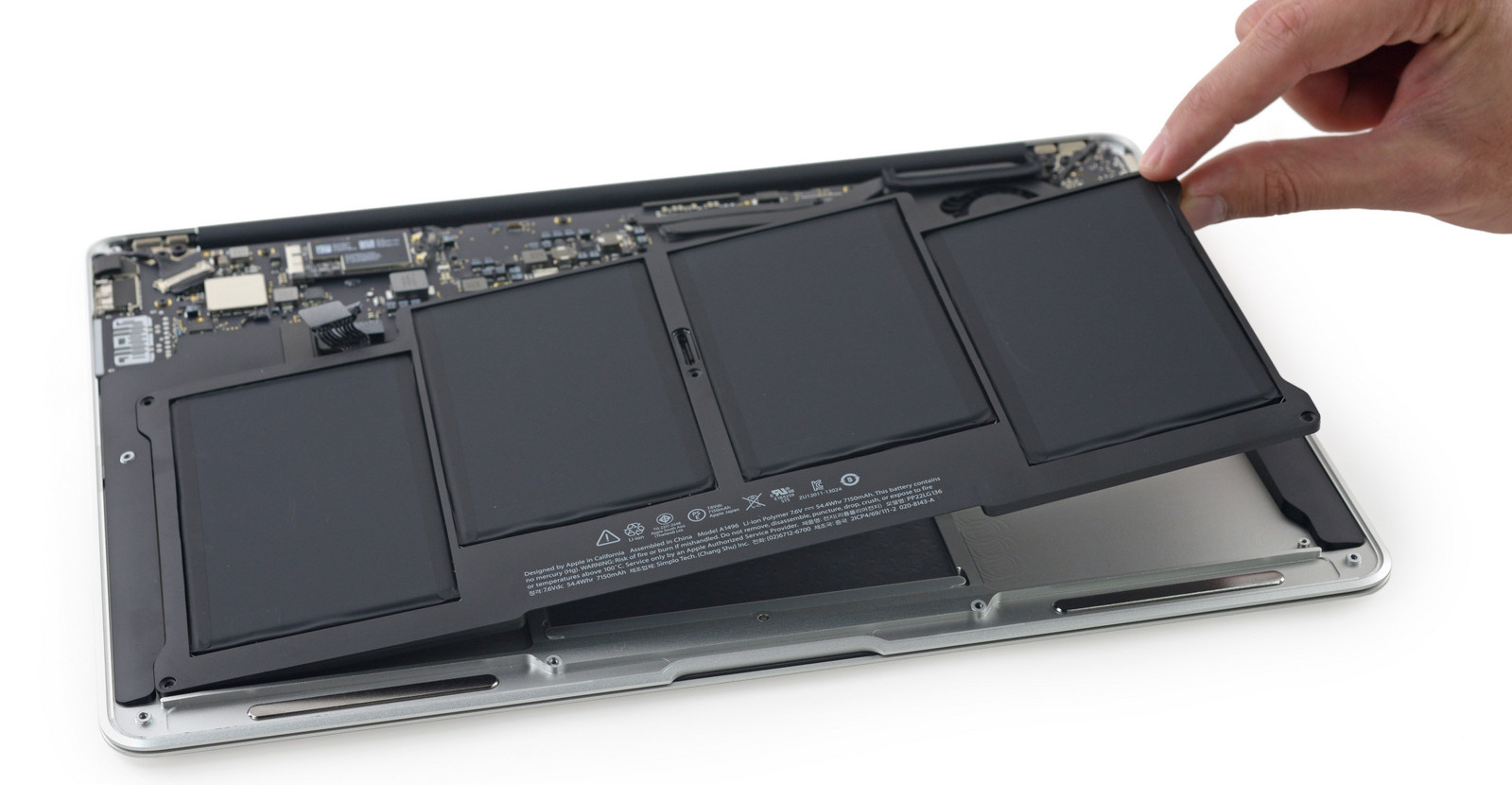
Touch ID
In the case of the battery, this is a continuing trend that the company started already in 2016 with the replacement of the home button with Touch ID. This caused after an unauthorized exchange showing error "53". This is because it was already paired with the logic board, which simply means that a home replacement will still result in the fingerprints not working. It is true that in Apple's current portfolio this can only apply to the second generation iPhone SE, however, there are certainly still many active iPhone 8 or older generations of phones around the world that can come across in this regard.
It could be interest you
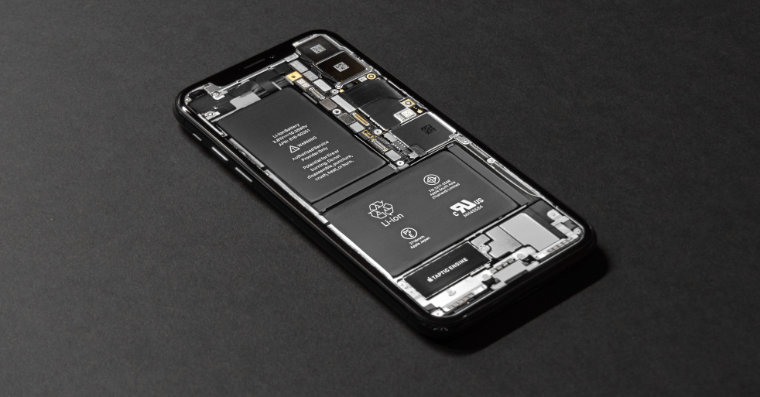
Display
The company claims that the use of third-party components can compromise the integrity of the iPhone's functions. So what if original parts are used. So this is clearly not about third-party components at all, it's about preventing you from doing any independent manipulation of device components. This is also evidenced by problems with replacing the display, which is probably the most common component after the battery that needs to be replaced due to damage, even if the iPhone is otherwise fine.
The iOS 11.3 operating system, for example, introduced a "feature" that disabled the technology after unauthorized display replacement true Tone. In the case of replacing the display on the iPhone 11 series, a permanent message about non-verification of display by companies. As with the iPhone 12 last year, it is now resolved that if you replace the display on the iPhone 13, Face ID will not work. All, of course, in the case of home repairs or those carried out by an unauthorized service, even with the use of original components. Many do not like Apple's actions, not only do-it-yourselfers and unauthorized service providers, but also the US government. But whether he can do anything against this technological giant remains to be seen.

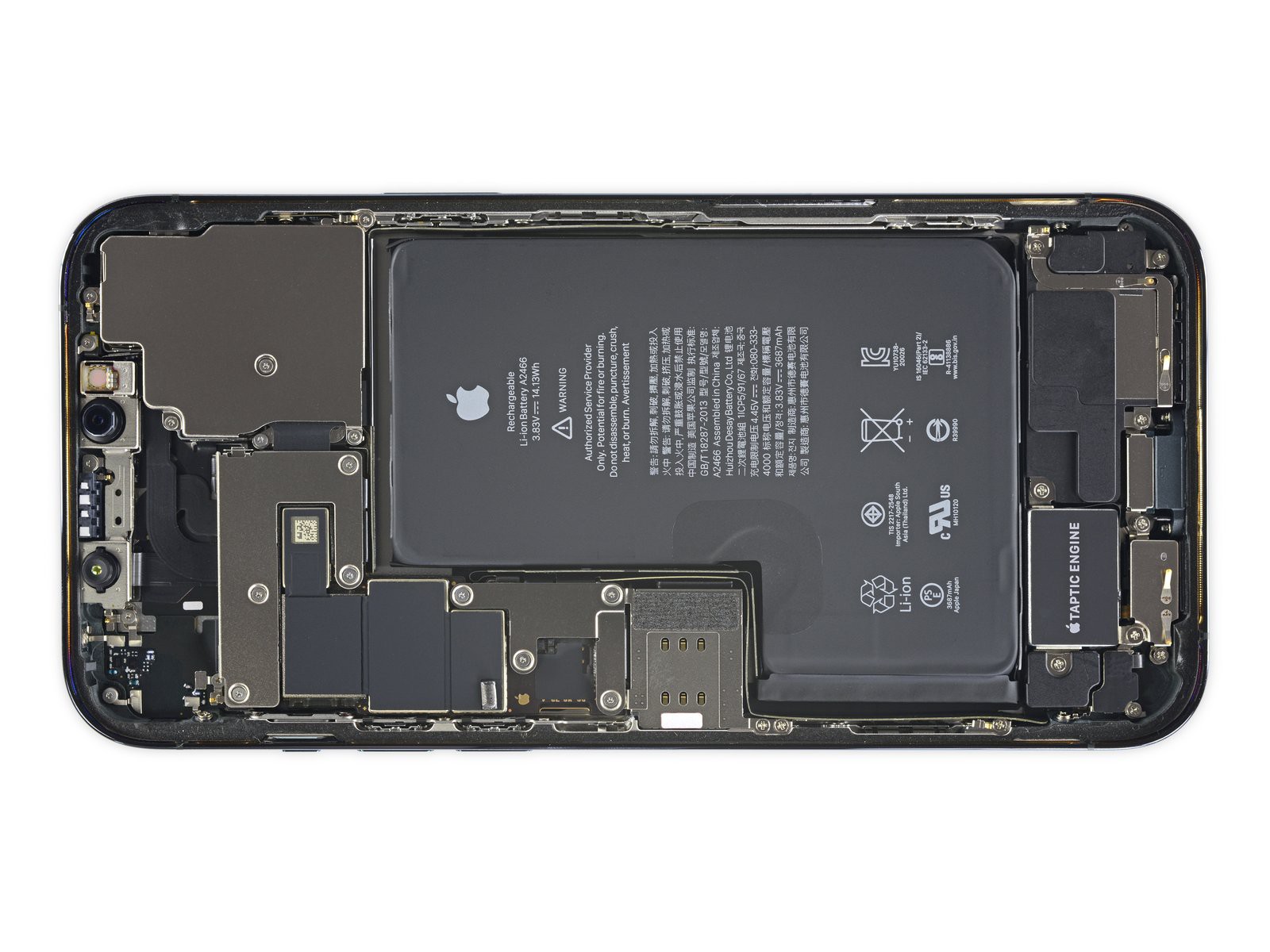
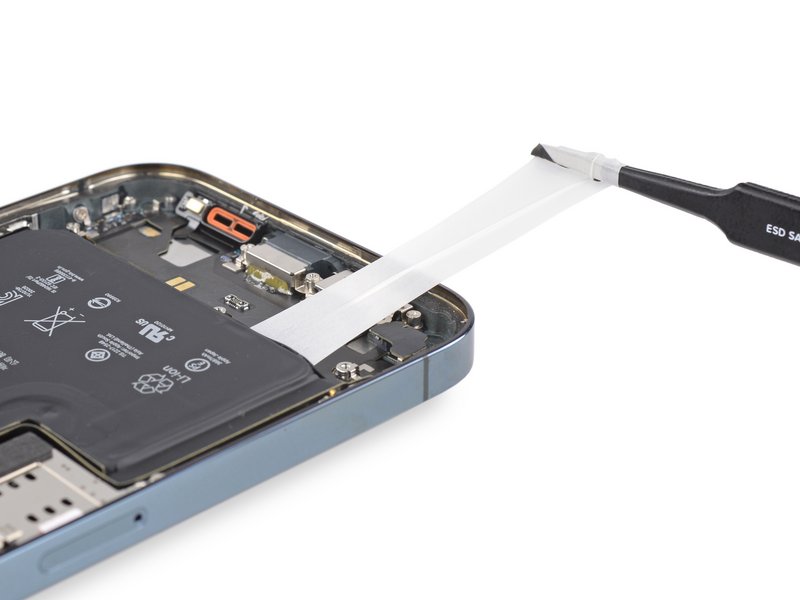
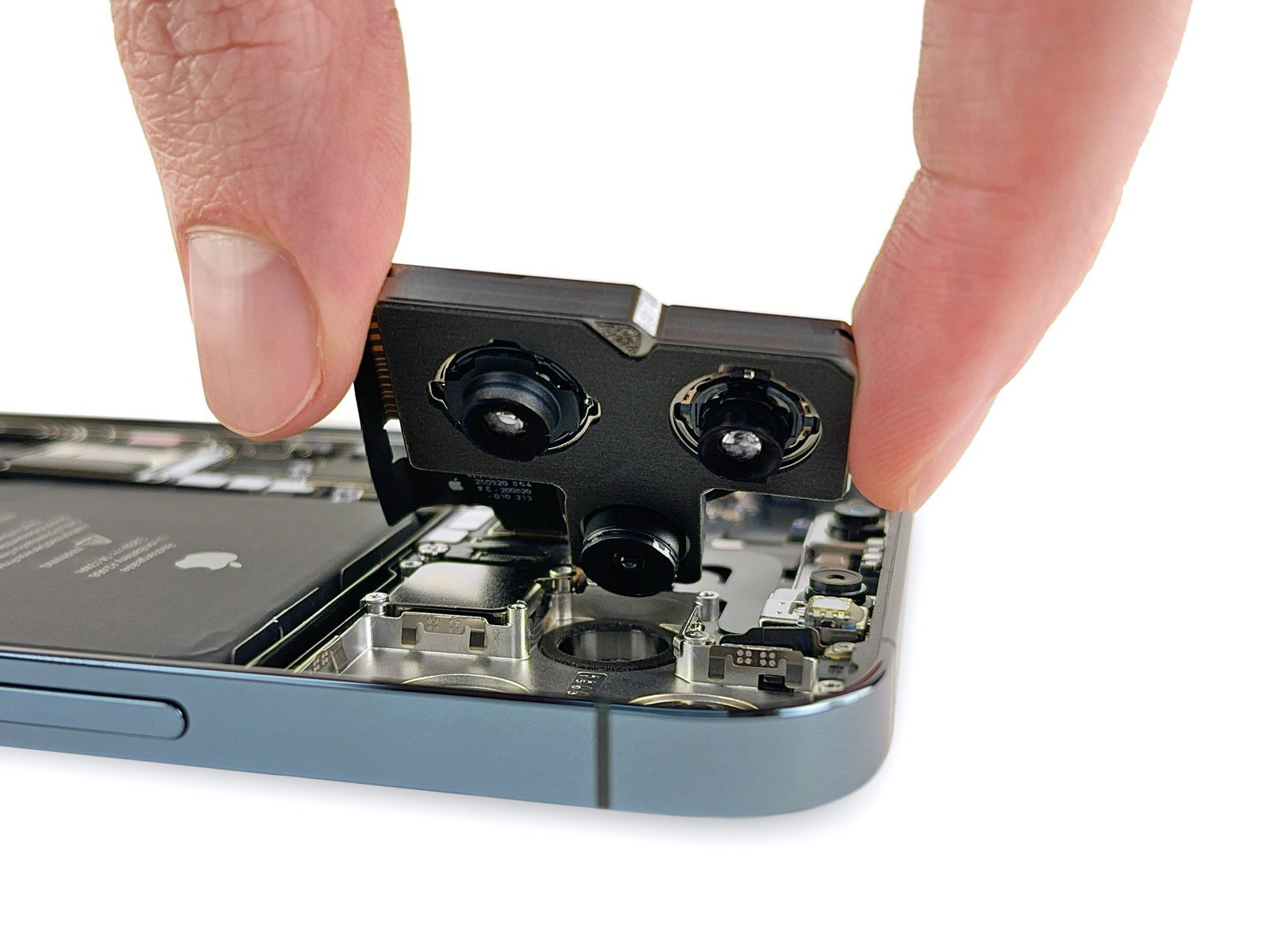
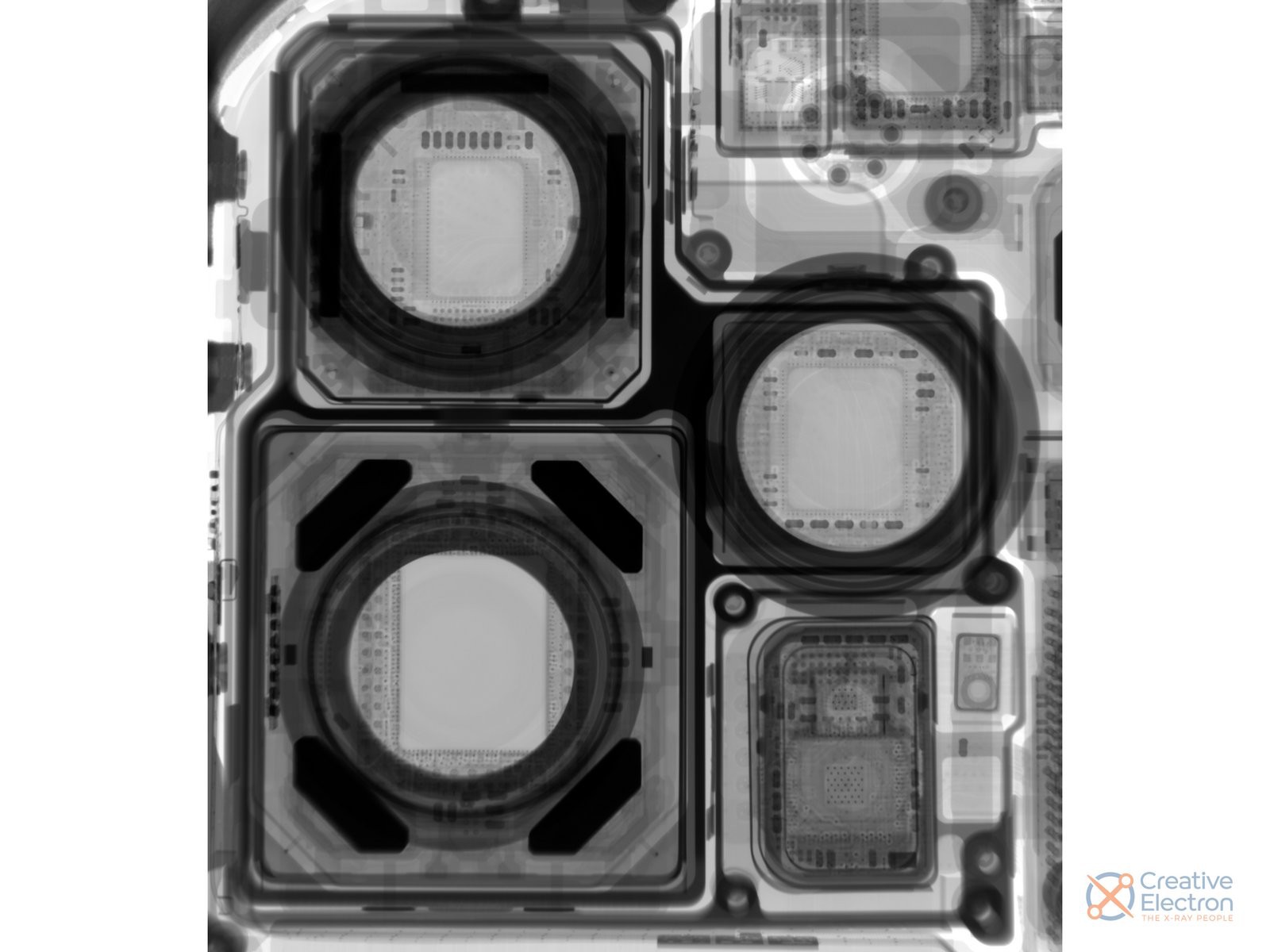

 Adam Kos
Adam Kos
So it's not just about "protecting" the manufacturer, but also the customer. This prevents the cannibalization of stolen phones for spare parts, which actually makes this activity unnecessary. 😉